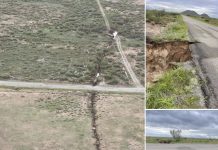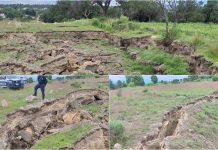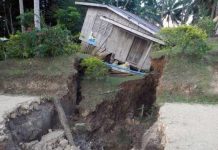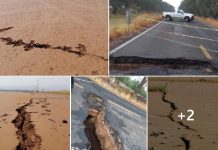This ice sheet, which covers 1.7 million square kilometers [650,000 square miles], was relatively stable 25 years ago, but now loses one billion tons [900 million metric tons] of ice every day. On a recent expedition, researchers saw an alarming new pattern behind Greenland’s mysterious disappearing lakes: They’re starting to drain farther and farther inland. According to a new paper, that’s because the summer lakes of Greenland drain in a “cascading” chain reaction enabled by a vast, interconnected web of cracks below the ice — and the web is getting wider.
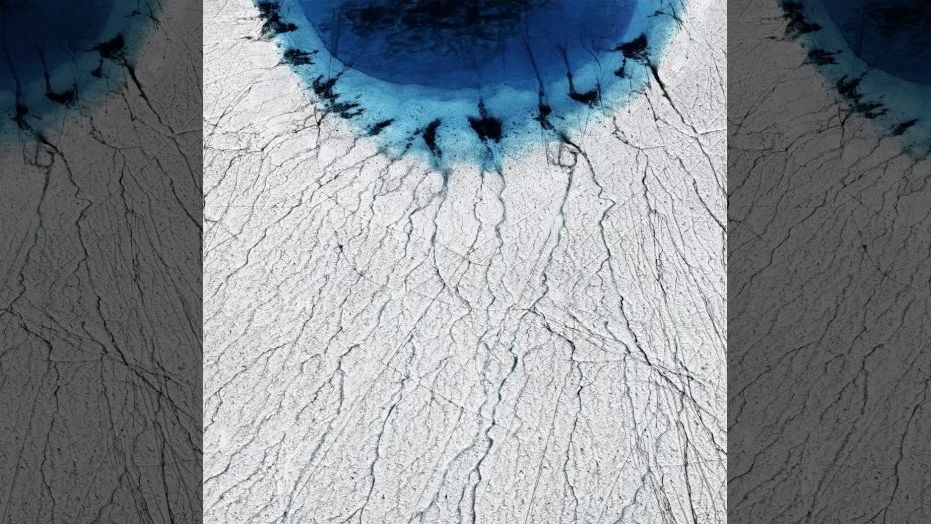
As the draining water surges away from the original lake, it can destabilize other nearby ice beds. Fresh cracks form, new lakes drain and the reaction intensifies day by day. In one incident, the researchers observed 124 lakes drain in just five days. Even lakes that formed hundreds of kilometers inland, which were previously thought to be too far removed from the ice bed to drain into it, proved vulnerable to the chain-drain-reaction as new fissures in the ice formed.
This all amounts to billions of gallons of melted ice plunging below Greenland’s surface every few days. Some of this water remains trapped in the ice sheet; much of it pours into the surrounding ocean. This ice sheet, which covers 1.7 million square kilometers [650,000 square miles], was relatively stable 25 years ago, but now loses one billion tons [900 million metric tons] of ice every day.
If Greenland melts completely, it could result in a global sea-level rise of about 20 feet (6 meters). But a total loss of Greenland’s ice is “extremely unlikely in this century”. According to a recent report from the National Oceanic and Atmospheric Administration (NOAA), if sea levels rise half a meter (1.6 feet) by 2100, many American coastal cities will experience high-tide flooding “every other day” or more.
Follow us: Facebook and Twitter
via Fox News







